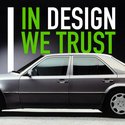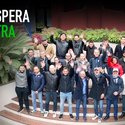
MODEL 5 WITH SPD | SCUOLA POLITECNICA DI DESIGN
The final presentation of the Master in Car Design of SPD - Scuola Politecnica di Design of Milan took place in December 2020. The course is one of the most important Masters in Car Design at international level, with the patronage and direct supervision of prestigious brands such as Lamborghini, Audi, Bentley, Volkswagen and from this year Genesis.
Model 5 has been a partner of SPD for several years and this year Prof. Daniele Cremona had in charge the SubD Modeling and VRED Virtual Presentation Course, providing a contribution more decisive than ever for the preparation and presentation of student projects.
The year 2020 will remain in the collective memory, not only for the dramatic events we all know, but also, speaking of automotive design, for the significant change of mentality that it has imposed on the entire design process and its actors.
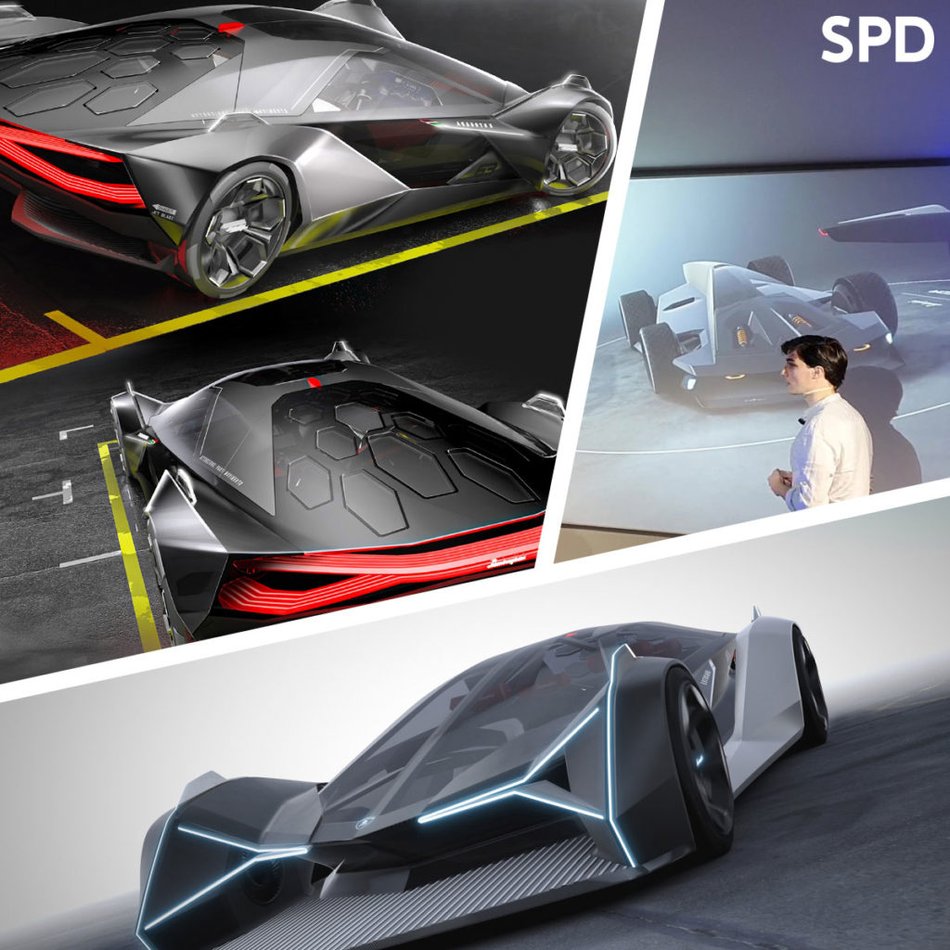
This was also clear in the development and then in the presentation methods of the final works of the Master: traditionally the final presentation took place at school, with students presenting their projects to their classmates and to a selected audience of guests from the automotive world, but above all with the possibility of viewing the physical models of the most deserving projects.
This was not possible this year, due to the limitations imposed by the anti-COVID regulations; our involvement was therefore decisive, in order to help students create fascinating, engaging and professional-grade virtual presentations, complete in every respect, including variations in style elements and finishes / colors. The entire virtual presentation was developed by Prof. Cremona and our Visualization Expert Alessandro Peccati, who conducted the process using the Autodesk software suite (Alias Automotive, VRED), the same software we normally use in our work environment.
The heads of Lamborghini and Genesis style centers, partners of the 2020 Master Course, participated remotely at the virtual presentation.
A total of six different virtual scenes were created, one for each project selected and approved.
To give more dynamism to the presentation, we have also introduced some immersive moments, in which the student, equipped with the latest generation VR viewer, was able to interact directly with the model in a virtual environment.
A very dynamic and engaging presentation was thus created, in which at each observation or request for further information, it was possible to go directly to the virtual model, to view the particular under discussion, evaluate alternatives in real time and deepen the details.
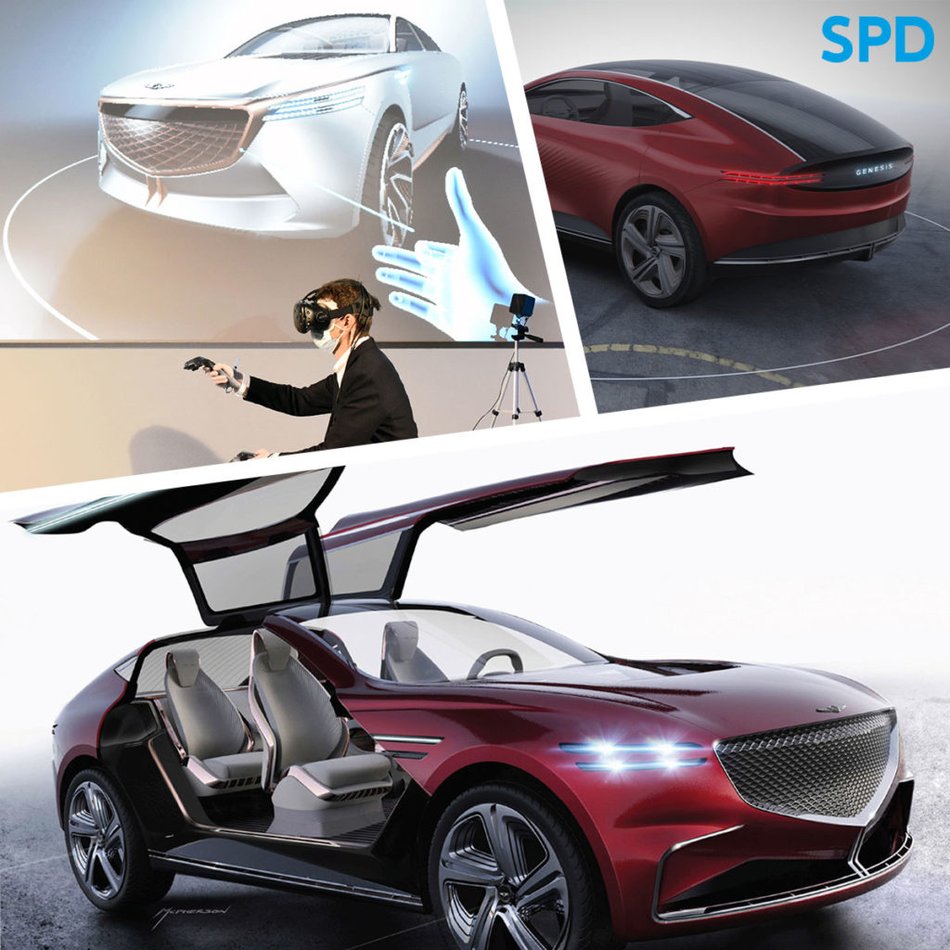
This type of interactivity and depth of content was greatly appreciated by all participants in the presentation, so much so that SPD decided to propose this type of presentation also for the year 2021, and to include Virtual Reality also as a subject of study in the Master Course from next year.
This also responds to a precise strategic choice and to a need that is now clearly felt in the world of Automotive Design. In recent years, the trend we are witnessing is a progressive decrease in the use of physical models, replaced more and more frequently by virtual presentations, which are faster to create, cheaper and more dynamic, and which allow a greater richness of contents. The physical model still retains its space, often for final approval by managers, or for particularly decisive milestones during the project process, but this also could probably fall in the future.
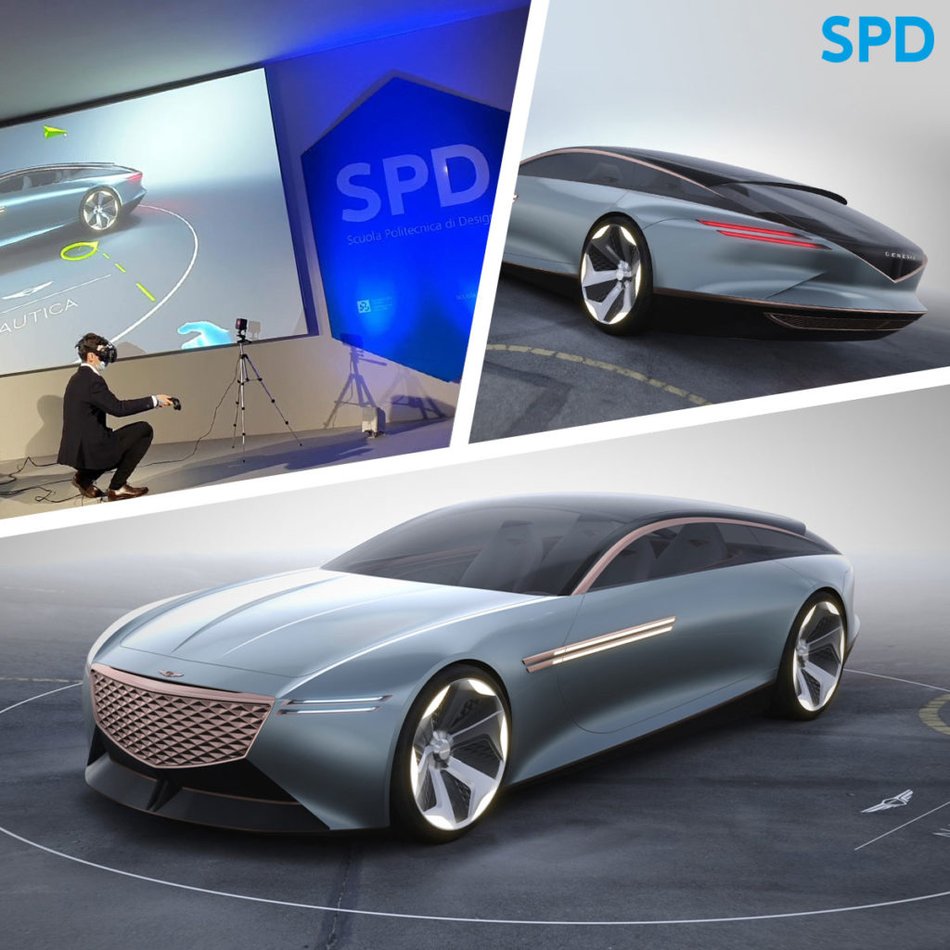
We in Model 5 are fully aware of the change taking place, and we have always guided the activity of our internal Training Academy, of which Daniele Cremona is responsible, to this vision.
With the same method that we have brought to SPD, every year we train several Designers, 3D Modelers and Visualization Experts in the Training Academy, who will join our team of professionals.
In the Academy, we deepen the skills and use of the main software tools: Autodesk Alias and Dassault Systems Icem-Surf for surface modeling; Alias Sub-D and Autodesk Maya for Polygonal Modeling; Autodesk Dynamo and Grasshopper for computational design. To do this, we develop projects for training purposes or, when possible, we involve young designers in normal Model 5 projects, supported by our most experienced Senior Designers and Modelers.
At the end of the training period in the Academy, all these experiences make young professionals ready to enter, with a preparation of excellent quality, in a so complex and exciting sector as Automotive Design.
